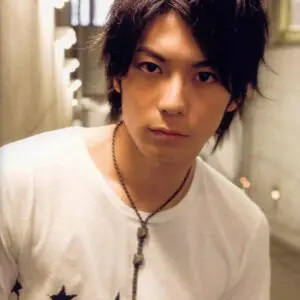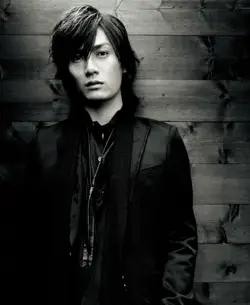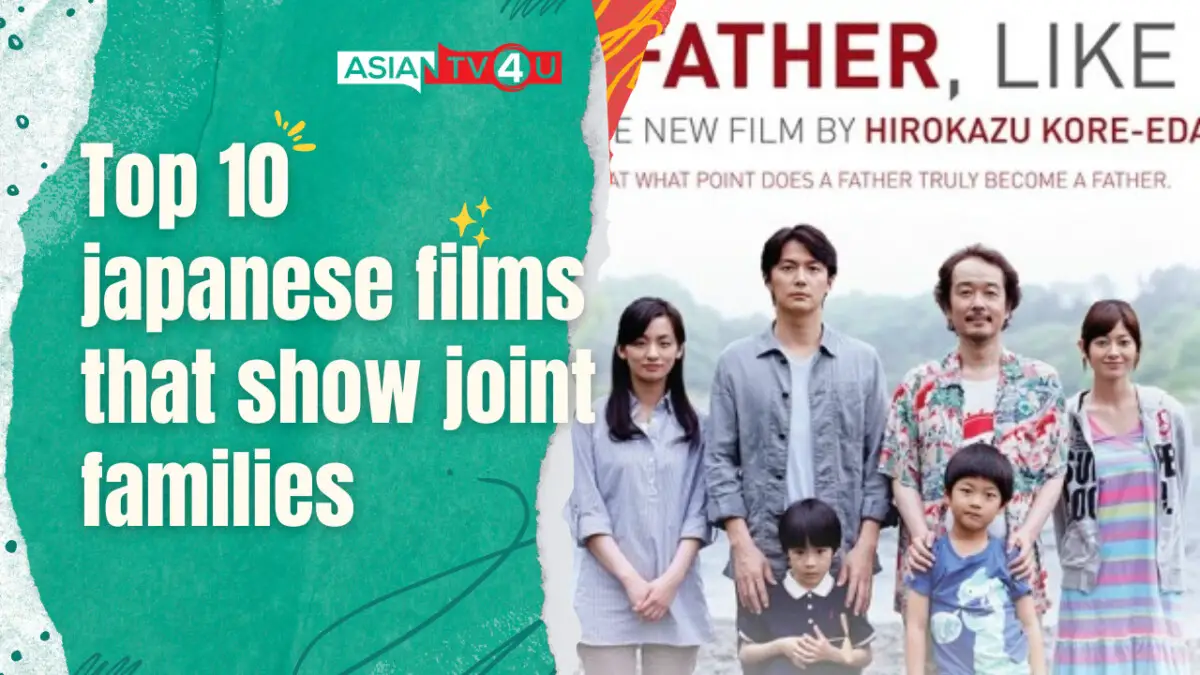
1. Tokyo Sonata
The "Tokyo Sonata," which begins as a moral narrative and evolves into a hilarious, macabre, and majestic approach, has been disturbed by the economic crisis, just as it has upset ordinary life. Even though it features three motion effects, like most sonatas, whatever you know about the three-step construction will not assist you in seeing the picture. It begins on a familiar tone, with a family locked in their life and unaware of each other. Ryuhei is a member of the administration's executive team. Megumi, his wife, embodies traditional family life, focusing on housekeeping, sewing, and food preparation. Takashi and his youngest son, Kenji, are irritable but friendly. Yet, Kenji gets himself into problems at school when a teacher mistakenly accuses him of passing a graphic novel, and Kenji mockingly claims he witnessed a teacher reading porn manga on the train. It doesn't matter that many Japanese guys do the same, but hypocrisy is a point. A sonata is a classical type in which two musical themes would combine. They are developed in paragraphs in the following sections, exposing the secrets or potential of both. The conclusion does not resolve them; instead, we revisit them now that we know more. The father and his family are the film's "theme." They became stressed towards the end, but the veneer had shattered and must move dangerously.

2. The Happiness Of The Katakuris
At the foot of Mount Fuji, the Katakuri family runs a tranquil country inn. Their sole guests arrive in a sequence of suicides, murders, and unexplained deaths, which are more tranquil than expected. The Kaatakuris decide to bury the dead to protect their reputation, but will the coverups come back to haunt them. The Happiness of the Katakuris is one of the best horror comedies ever created, combining horrific stop motion animation sequences, weird musical pieces, and zombies.

3. Still Walking
Junpei, the eldest son, was once the cherished property of this family, adored by his parents and revered by his younger brother and sister. The eldest son was a perfect man, an ambitious doctor who was following in his father's footsteps and died saving the life of a small kid. The rest of the family still gets together once a year to memorialize him after fifteen years.

4. Like Father, Like Son
Would you choose your biological son or the son you thought you had after six years together? Hirokazu Kore-Eda, the internationally recognized filmmaker of "Nobody Knows," "Still Walking," and "I Wish," returns to the big screen with a new family - one torn apart by a phone call; from the hospital where the kid was born... Ryota has worked hard for what he has, and he feels that nothing will stop him from living his ideal life as a winner. Then he and his wife, Midori, receive an unexpected phone call from the hospital one day. Keita, their 6-year-old kid, is not 'their' son; the hospital misplaced him. Ryota had to choose between 'nature' and 'nurture,' a life-altering decision. Ryota begins to wonder if he has been a 'father' all these years after seeing Midori's dedication to Keita, even after knowing his origins and speaking with the fierce yet kind family that has reared his natural son for the previous six years.

5. The Land Of Hope
In a modest residential neighbourhood, an old couple, their only son, the son's wife, a young man, and his lover live in harmony. Then a horrific earthquake occurs, causing a nuclear power plant close to detonate. The inhabitants needed to leave; however, the elderly couple owned a farm, and the evacuation line was across their front yard. The father wishes to remain, but his son wishes for him to depart. Meanwhile, Izumi (Megumi Kagurazaka), the son's wife, discovers she is pregnant.

6. My Neighbors, The Yamadas
This movie portrays a modern Japanese family's existence and misfortunes. The Yamadas are a typical middle-class Japanese family living in urban Tokyo, and this film depicts many different aspects of their existence. We observe this family deal with life's petty conflicts, troubles, and joys in their unique manner in stories that vary from witty to poignant.
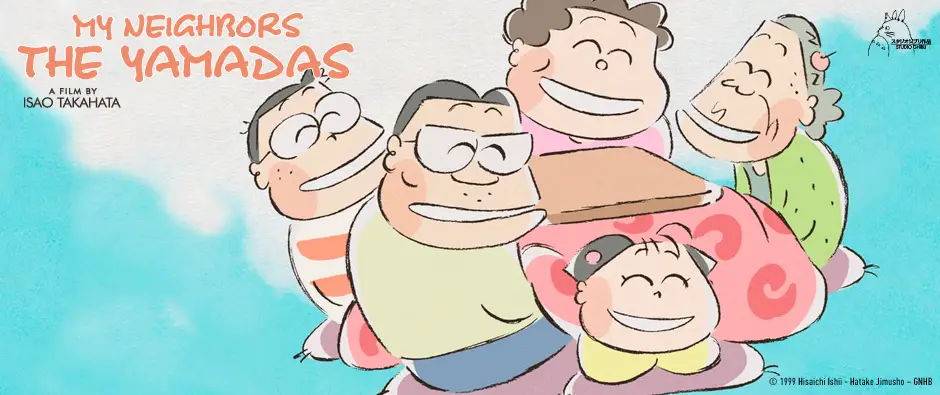
7. The Ballad Of Narayama
Tatsuehi carries his mother on his back and sets off on a sacrificial journey up into the mountains. Their agonizing trip comes to a close when he places Orin in a valley of bones, surrounded by vultures. Sadness has overtaken Tatsuehi, even though his mother appears ready to die. Bravery is reflected in Orin's face when it starts to snow. Her death will come quickly and painlessly.

8. Kabei: Our Mother
Set in Tokyo in 1940, the Nogami family's calm life is turned upside down when Shigeru, the father, is imprisoned and suspected of being a Communist. Kayo, Shigeru's wife, works feverishly from morning to night to keep the family running and raise her two kids with the help of Shigeru's sister Hisako and Shigeru's ex-student Yamazaki but her husband never returns. When WWII breaks out, it puts a pall over the entire country, but Kayo maintains her cheery resolve and her love for her family. This movie portrays a mother's emotional drama with an eternal message of peace.
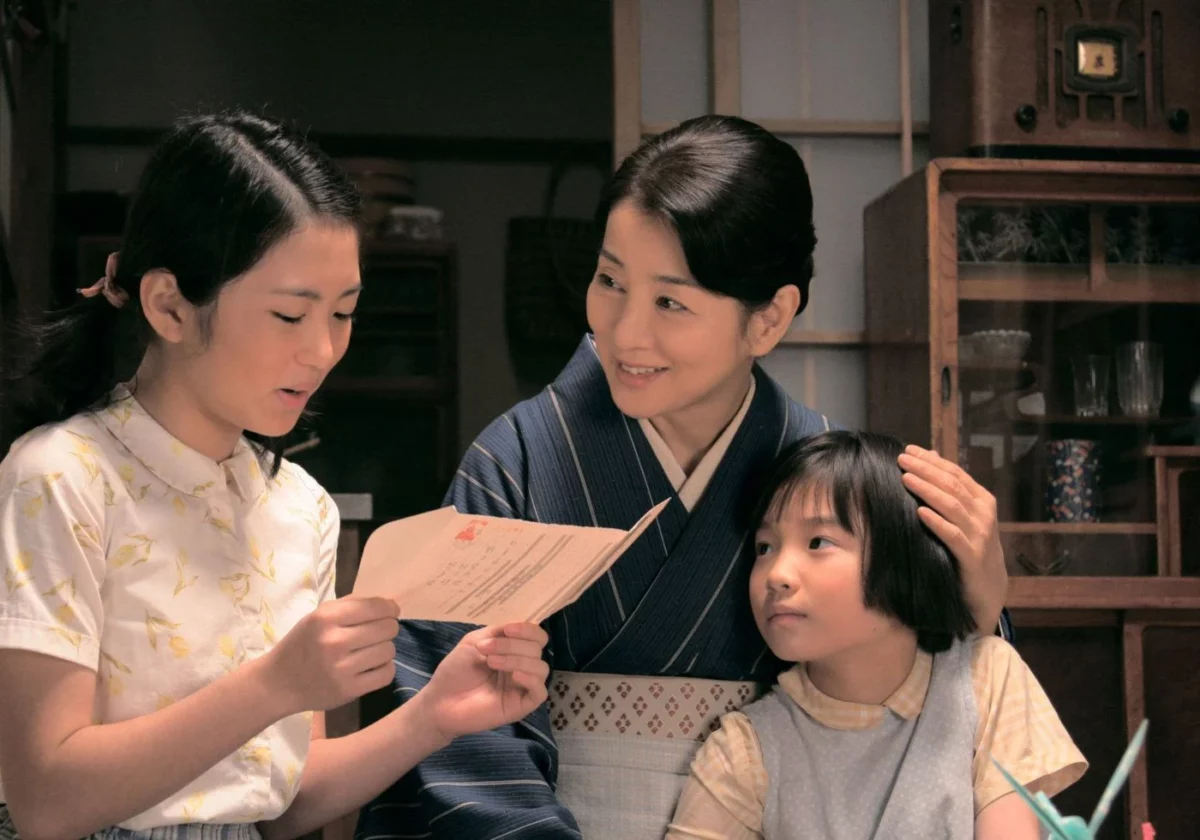
9. Good Morning
Minoru and Isamu Hayashi, adolescent boys, live with their parents and aunt in a suburban housing complex on the outskirts of Tokyo. The neighbours get along well because of the tight quarters within the housing complex. Yet rumour spreads rapidly among the homemakers and the guys at the bar. Due to the likeable character of the neighbours, Minoru, Isamu, and their two friends, Kôzô and Zennosuke, who also reside in the complex, frequent one to go to neighbour's house, which has the sole television in the complex. Despite the boys' urging, Mr and Mrs Hayashi refuse to acquire a television because of the expense and their belief that it is the demise of Japanese civilization. Mr Hayashi criticizes the boys for making too much noise while having tantrums during a debate with them over the topic. In response, the boys resolve to embark on a "silent" strike against not only their parents but also any adult, including their aunt, neighbours, and instructors. This tactic produces numerous misconceptions, especially among the women concerned about some missing funds. Will the boys succeed, and will it be due to their protest? Regardless of the outcome, coping with the youngsters helps bring two of the complex's adults closer together.

10. One Litre Of Tears
Dr Yamamoto diagnoses Aya Kito, a 15-year-old girl with a deadly and incurable condition that leaves her physically unable. Aya struggles to cope with the disease after the first shock, writing about her experiences in her diary. Her life, however, is on a downward spiral, despite her best efforts to be bright and cheery. Riki Okamura portrays the challenges of a young woman who attempts to maintain optimism and seem normal while following her predetermined destiny. Her family is likewise affected by the catastrophe, albeit their sense of helplessness is worse since they must also deal with the purpose of loss that her death will bring. The way she faces her predicament, never backing down or losing her cool, even in her final hours, makes their load lighter.






